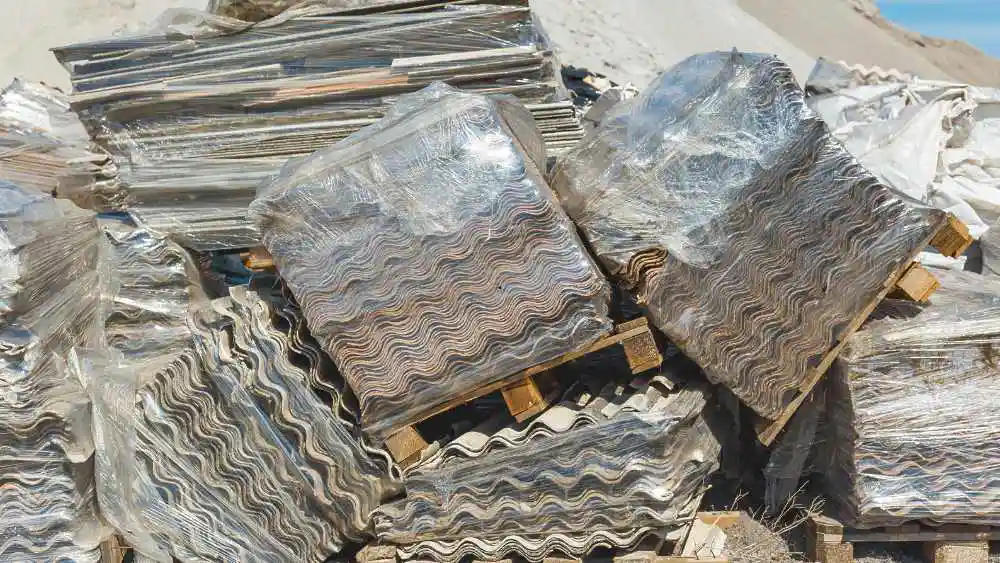Most Common Mistakes to Avoid During Roof Installation

Installing a new roof is a significant investment that can greatly enhance the aesthetics and safety of your home. However, the complexity of the process means that mistakes can easily occur, potentially leading to costly repairs and unwanted headaches down the line.
In this blog, we will explore the common pitfalls homeowners and contractors often encounter during roof installation. By highlighting these mistakes, we aim to equip you with the knowledge needed to ensure a smooth and successful roofing project, ultimately safeguarding your home for years to come.
1. Skipping Inspection Procedures
One of the most critical mistakes to avoid during roof installation is skipping the necessary inspection procedures. Before the installation begins, it’s essential to thoroughly inspect the existing roof structure for any underlying issues, such as water damage, rot, or structural weakness.
Local roofing experts should conduct this inspection to ensure that the installation can proceed smoothly without any underlying issues. Whether that’s an Albany roof installation specialist, or a company out of Miami, it’s important to have a professional opinion guiding the installation process. This will help identify any potential issues that need to be addressed before the installation can begin. Just because the roof looks okay from the outside doesn’t mean there aren’t underlying issues that can compromise the integrity of your new roof.
2. Lack of Proper Planning

Another common mistake in roof installation is the lack of proper planning. Before commencing work, it’s vital to create a detailed project plan that outlines all the necessary steps, materials, and timelines. This includes choosing the right roofing materials suited for your climate, assessing labor needs, and preparing for potential weather disruptions.
Without a solid plan, you run the risk of delays, increased costs, and even subpar workmanship. Engaging with professional roofing contractors can provide insights into effective planning and ensure all aspects of the installation process are accounted for, ultimately leading to a more efficient and successful roof installation.
3. Choosing the Wrong Materials

Selecting inappropriate materials for your roof is a significant mistake that can affect the longevity and performance of your new installation. Each roofing material, whether it be asphalt shingles, metal, tile, or slate, has its own set of properties, advantages, and disadvantages that make it suitable for specific climates and building types.
Failing to consider factors such as local weather conditions, energy efficiency, and aesthetic compatibility with your home can lead to issues such as leaks, poor insulation, and premature deterioration. It’s crucial to consult with roofing professionals to choose materials that not only meet your budget but also align with your home’s specific needs and the environmental factors at play. Additionally, opting for high-quality materials can provide better durability and performance, ultimately protecting your investment in the long run.
4. Neglecting Proper Safety Measures

One of the most critical mistakes to avoid during roof installation is neglecting proper safety measures. Roof work often involves heights and the use of heavy materials, which can pose significant risks if safety protocols are not followed. Contractors and homeowners alike should ensure that they use appropriate safety gear, such as helmets, harnesses, and non-slip footwear.
Additionally, implementing proper scaffolding and ladder safety practices is essential to prevent falls and injuries. Training workers on safety procedures, conducting regular safety assessments, and having a first aid kit readily available can also mitigate risks. By prioritizing safety, you protect not just the workers on site but also the integrity of the project and your investment in the new roof.
5. Inadequate Ventilation
Inadequate ventilation is a common oversight that can have detrimental effects on your roofing system. Proper ventilation plays a crucial role in regulating temperature and moisture levels in your attic space, helping to prevent issues such as heat buildup and condensation. Without adequate airflow, excessive heat can cause shingles to deteriorate prematurely, while trapped moisture may lead to mold growth and wood rot.
It’s essential to incorporate an effective ventilation system during the installation process, which typically includes a combination of ridge vents, soffit vents, and exhaust fans. Consulting with roofing professionals can help identify the best ventilation solutions tailored to your home, ultimately ensuring the longevity and performance of your new roof. Prioritizing ventilation will not only protect your investment but also contribute to a healthier living environment inside your home.
Wrapping Up
By avoiding these common mistakes during roof installation and seeking professional guidance, you can ensure a successful and long-lasting roofing project. Remember to schedule regular maintenance and inspections in the future to keep your roof in top condition for years to come. With proper planning, safety measures, material selection, and ventilation, your new roof will not only enhance the look of your home but also provide reliable protection for you and your family.

news via inbox
Sign up and never miss out on the latest news and updates at HighStuff




